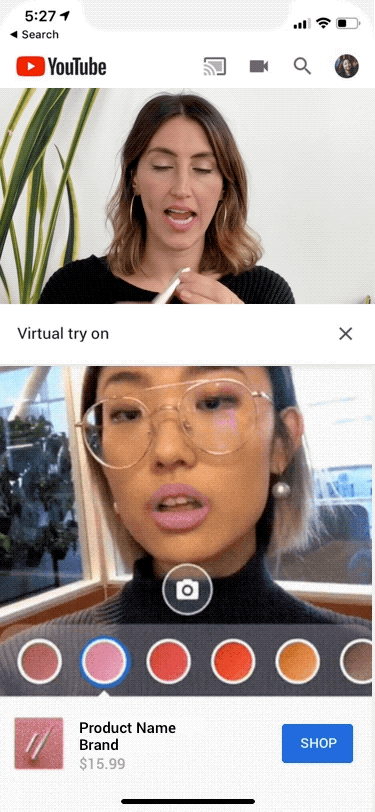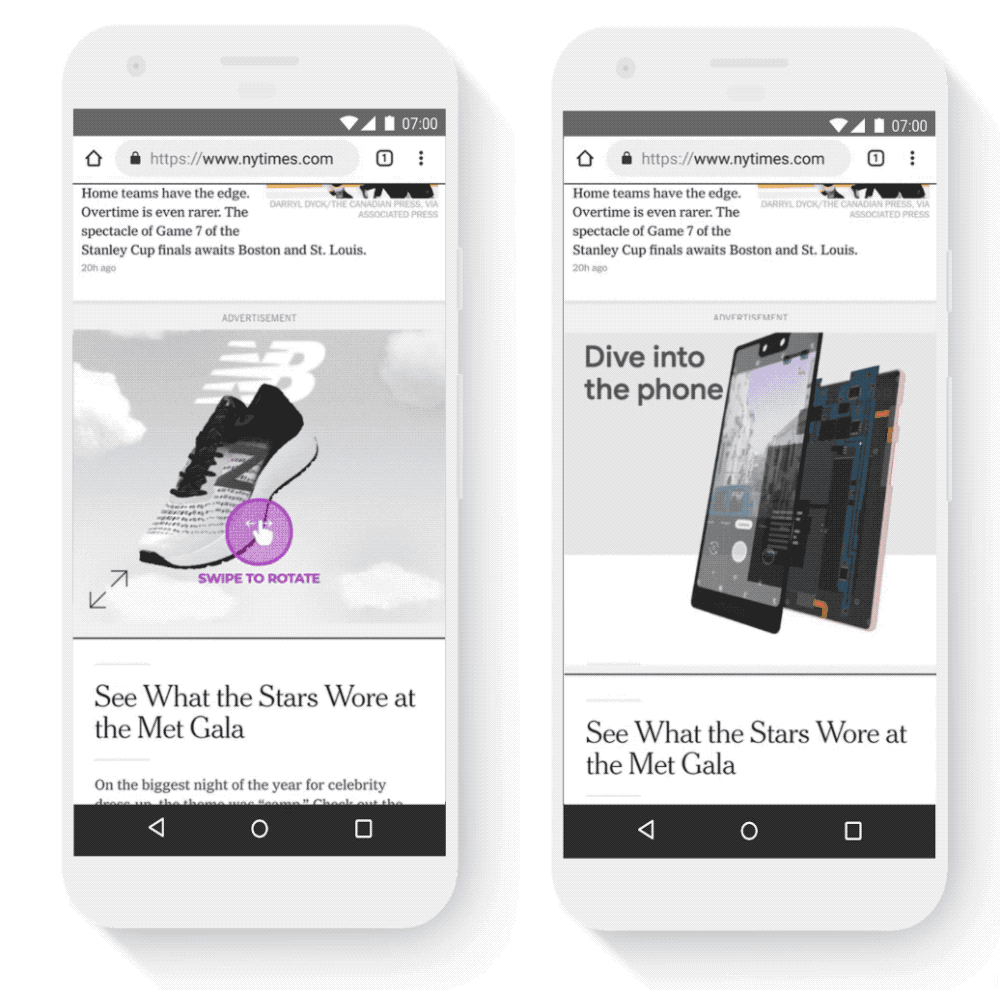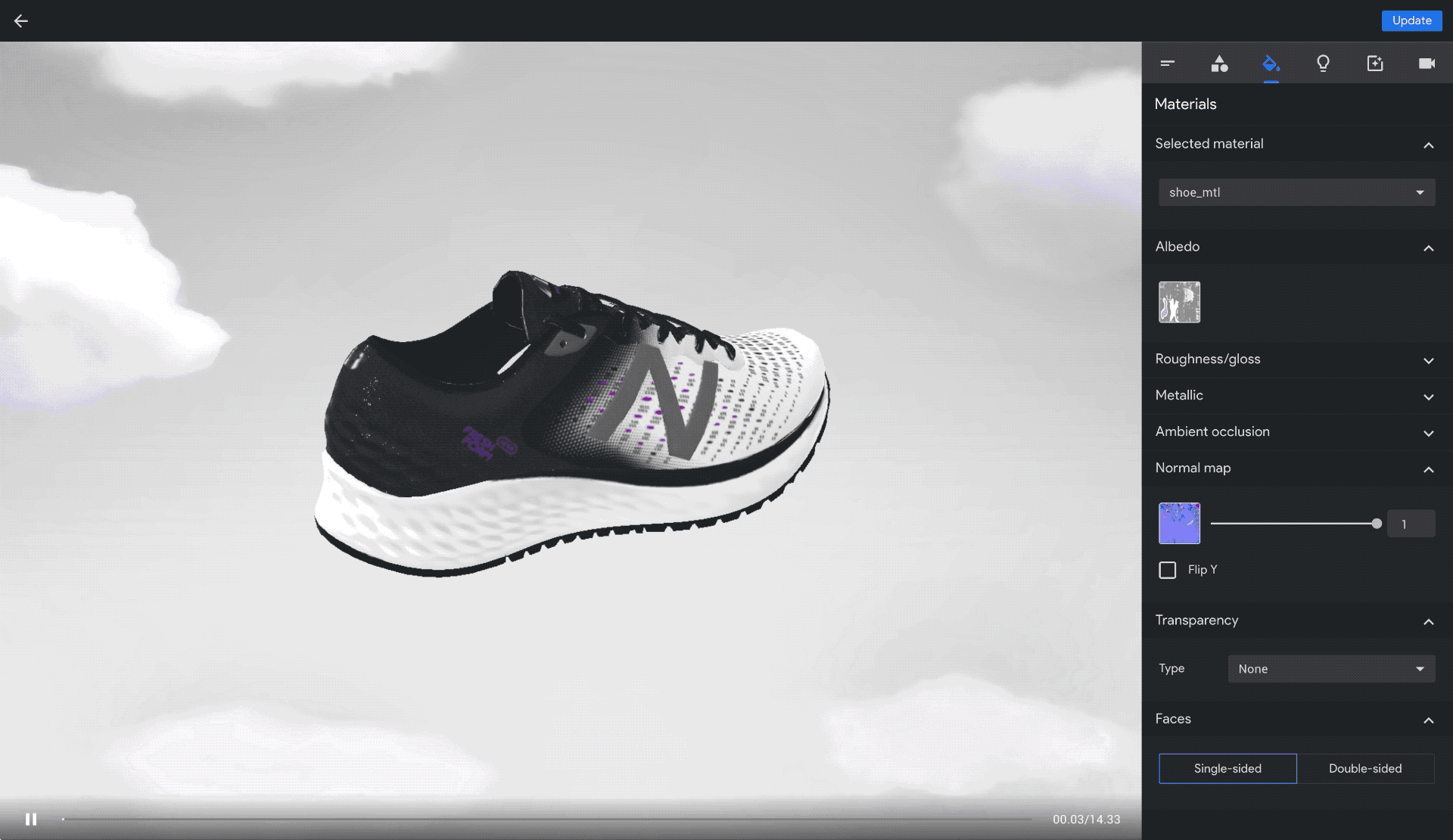Building upon their latest additions to augmented reality (AR), Aaron Luber, head of branded experiences in AR and VR at Google introduced two new features in a blog post: AR Beauty Try-On for YouTube and Swirl for display advertising.

In order to tap into the vast YouTube beauty market, Google is allowing influencers to have their audiences try on make-up brands in real time alongside them as part of the FameBit branded content platform. As they try on make-up, users can purchase their own customized products from a company in the middle of the experience. Though still in alpha, Google claims that this technology is possible thanks to machine learning and AR technology, a full range of skin tones are compatible with AR Beauty Try On. M·A·C Cosmetics is the first brand to be integrated with the platform, with Google claiming that 30 percent of viewers activated the AR experience in the YouTube iOS app, spending over 80 seconds on average trying on lipstick virtually.
For ad experiences outside of YouTube, Google introduced Swirl, their immersive display format for 3D assets on the mobile web, which will be available later this summer. It allows consumers to familiarize themselves with a product by letting them zoom in and out on a 3D model, rotate it, and play animations that reveal more info.

Brands can create these ads using Poly, Google’s 3D content creation platform. Luber’s blog post claims that Poly provides “more editorial control over 3D objects, including new ways to change animation settings, customize backgrounds, and add realistic reflections.”

The commitment to AR by companies like Apple’s ARKit 3 and Google’s integration across its suit of platforms (even Search itself) entrenches AR further into the mainstream. Steps like this move AR away from being treated less like a gimmick and more like a useful, pragmatic implementation for everyone.





